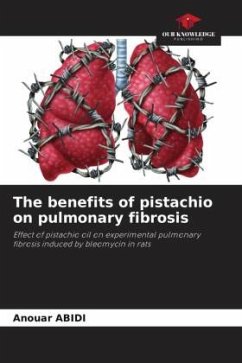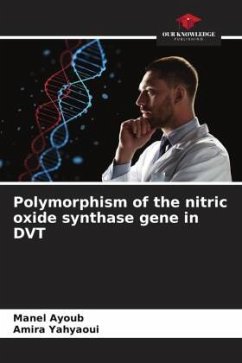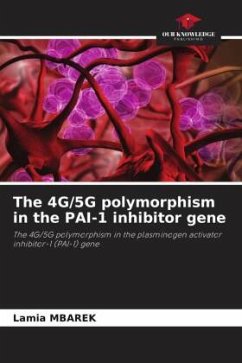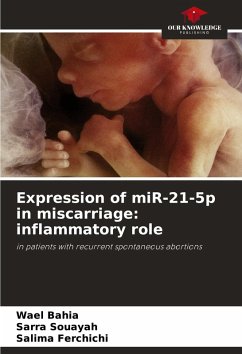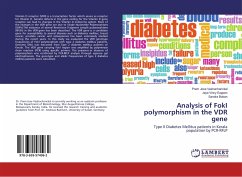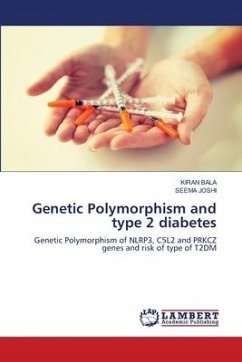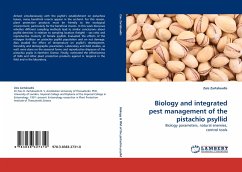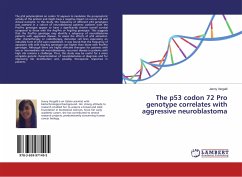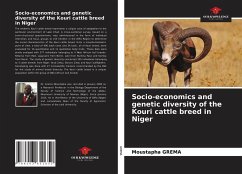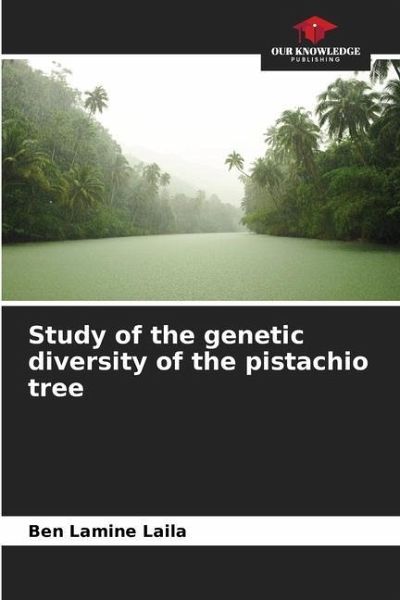
Study of the genetic diversity of the pistachio tree
Versandkostenfrei!
Versandfertig in 6-10 Tagen
27,99 €
inkl. MwSt.

PAYBACK Punkte
14 °P sammeln!
The true pistachio tree (Pistacia vera L.) is a rather difficult culture to carry out because the traditional techniques of cutting and grafting run up against a particular biology not allowing the total success of these operations (Jacquy, 1973). The in vitro culture itself proved to be complex following various difficulties of disinfection, oxidation of tissues, maintenance of cultures, rooting and consequently acclimatization (Barghchi and Alderson, 1989; Chatibi et al., 1995). Thus, in order to examine the genetic diversity in this species, we studied the polymorphism of a population of pi...
The true pistachio tree (Pistacia vera L.) is a rather difficult culture to carry out because the traditional techniques of cutting and grafting run up against a particular biology not allowing the total success of these operations (Jacquy, 1973). The in vitro culture itself proved to be complex following various difficulties of disinfection, oxidation of tissues, maintenance of cultures, rooting and consequently acclimatization (Barghchi and Alderson, 1989; Chatibi et al., 1995). Thus, in order to examine the genetic diversity in this species, we studied the polymorphism of a population of pistachio from the EL Guetar region (Gafsa) of southern Tunisia based on extrachomosomal molecular markers. Moreover, we tried to take advantage of the possibilities offered by molecular analysis techniques of the chloroplastic genome in order to appreciate the diversity. In this context, we chose the trnL (UAA) trnF (GAA) integral spacer region using a specific primer pair (E and F). The length of this non-coding region of the pistachio chloroplast DNA is about 409 bp for all the plants studied.



